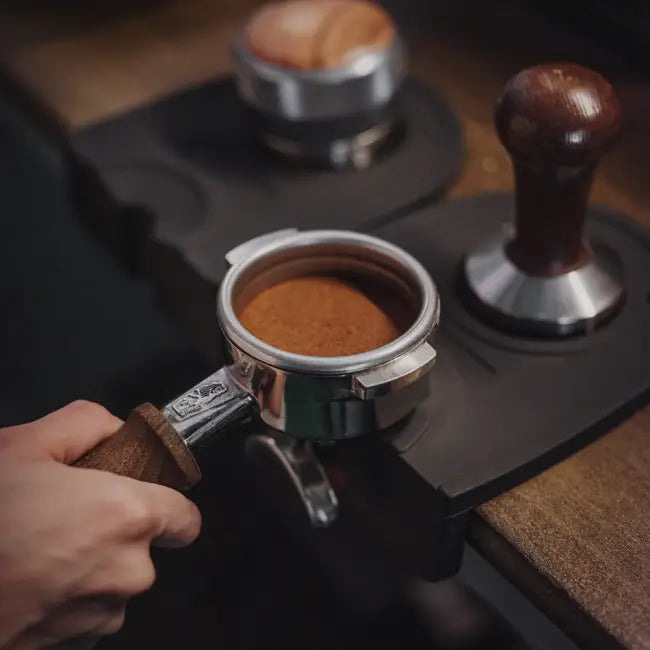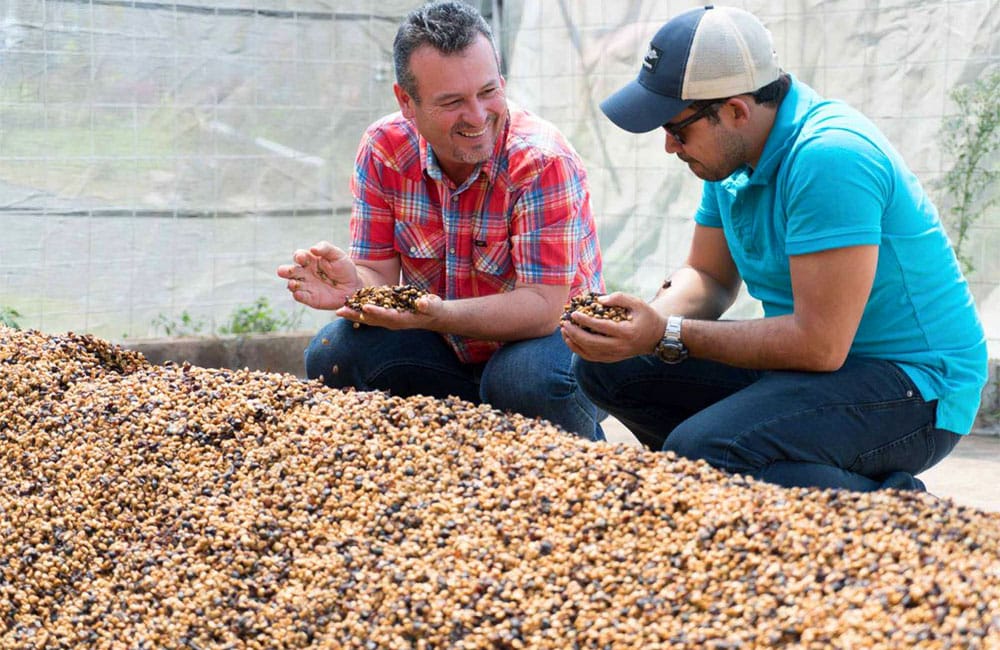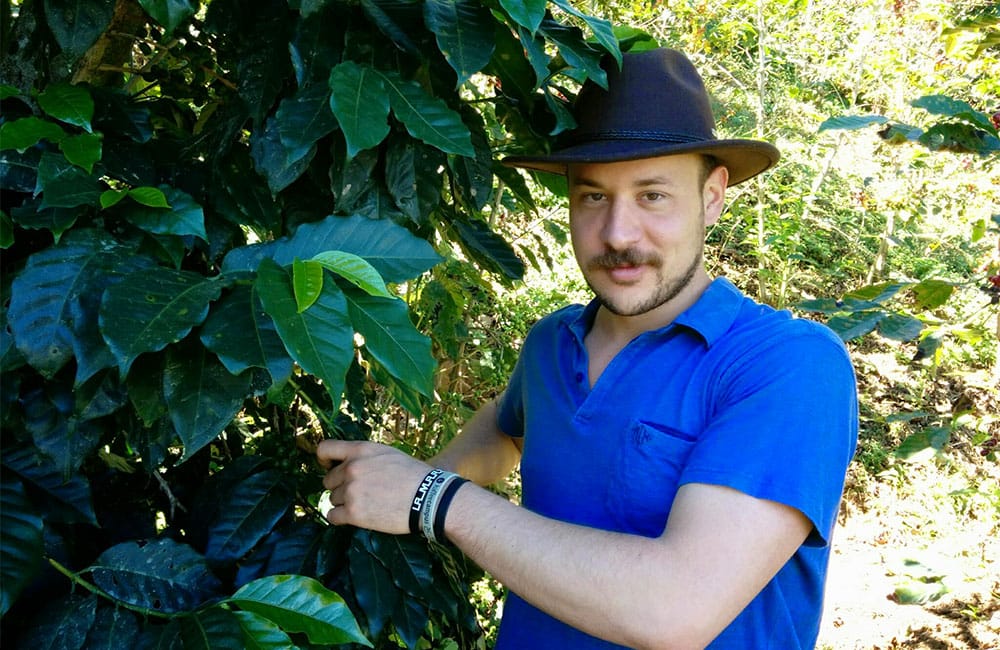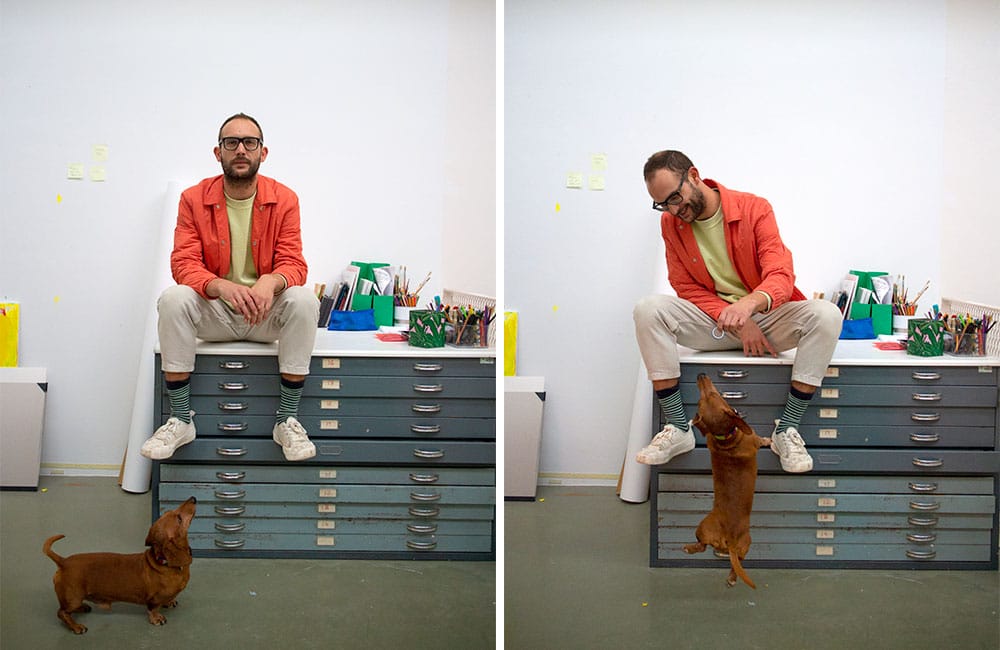Filter & Espresso
Chocolate, praline, amaretto
| West Valley | |
| 1,540 meters above sea level. | |
| Villa Sarchi, Catuaí red and yellow | |
| Washing | |
| Coopro Naranjo |

El Perezoso's West Valley Coffee in Costa Rica
El Perezoso is the name of one of the hills from which this coffee comes.
The "lomas" are small hills where members of the " Coopro Naranjo " cooperative grow coffee.
This cooperative has more than 2,000 members who grow micro-lots of coffee in the surrounding area, where the washing plant is located.
The cooperative is located in West Valley, a region in western Costa Rica.
West Valley: coffee region par excellence

The West Valley region of Costa Rica has excellent conditions for growing coffee.
It has abundant sunshine and rain and is situated on volcanic terrain, creating a very rich soil.
It is located at about 1,500 meters above sea level and at this altitude there is little forest.
All these conditions create an ideal microclimate for growing coffee.
Twenty-five percent of Costa Rica's total coffee production is grown in this region, and many of the coffees grown here have won the Cup of Excellence .
The Coopro Naranjo cooperative and the micro-lot program
 In many coffee-exporting countries, coffee growers auction their cherries, which are often paid at very low prices, to large corporations or exporters.
In many coffee-exporting countries, coffee growers auction their cherries, which are often paid at very low prices, to large corporations or exporters.This causes their crops to become mixed and devalue their quality and, therefore, their price.
Cooperatives, which are increasingly common and in some countries make up almost the entire coffee retail ecosystem, are helping to change this paradigm.
Coopro Naranjo, which has been operating for over forty years and has around two thousand members, has also offered a micro-lot program to producers since 2006.
Coffee growers who want to choose to grow better coffee with more care can do so.
Microbatches will be processed separately or in batches after undergoing a strict quality control process.
This system allows coffee growers to differentiate their coffees and obtain greater profits.
In addition, the cooperative provides coffee growers with resources and knowledge to enable them to develop these activities.
The processing of the Sloth

El Perezoso is the name of one of these micro-lots that come from a hill (or 'loma') near the cooperative.
When we talk about coffee processing, we refer to the process by which coffee beans have been pulped and the various layers that cover them have been removed, from the skin and pulp to the mucilage.
Depending on how this process is carried out, it results in a “washed,” “natural,” or “honey” coffee, which are the most common processes.
El Perezoso is a washed coffee, which means that both the cherry pulp and mucilage have been removed before drying.

The cherries are received at the cooperative's washing plant and carefully sorted before moving to a pulper and being washed with water.
This removes the pulp and mucilage.
They are then dried on African beds (elevated platforms where the seeds are spread evenly) and are moved regularly to achieve uniform drying until they reach the appropriate moisture level.
The drying process usually takes about 18 days.
What is a washed coffee?
 A term many people use to describe washed coffee is “clean.”
A term many people use to describe washed coffee is “clean.”This is because they tend to have fewer fruity notes than natural or honey ones, since these largely come from the mucilage with which they are left to dry and in a washing process this is removed first.
With a washing process, the tasting notes reflect the origin, the terrain, and the variety, and the impact of the process is less noticeable.
This doesn't mean that coffees processed in one way or another are better or worse; they're simply different methods that produce different results, and in both cases, they can be excellent.
The idea is that, depending on the coffee, one method or another will get more out of it.















